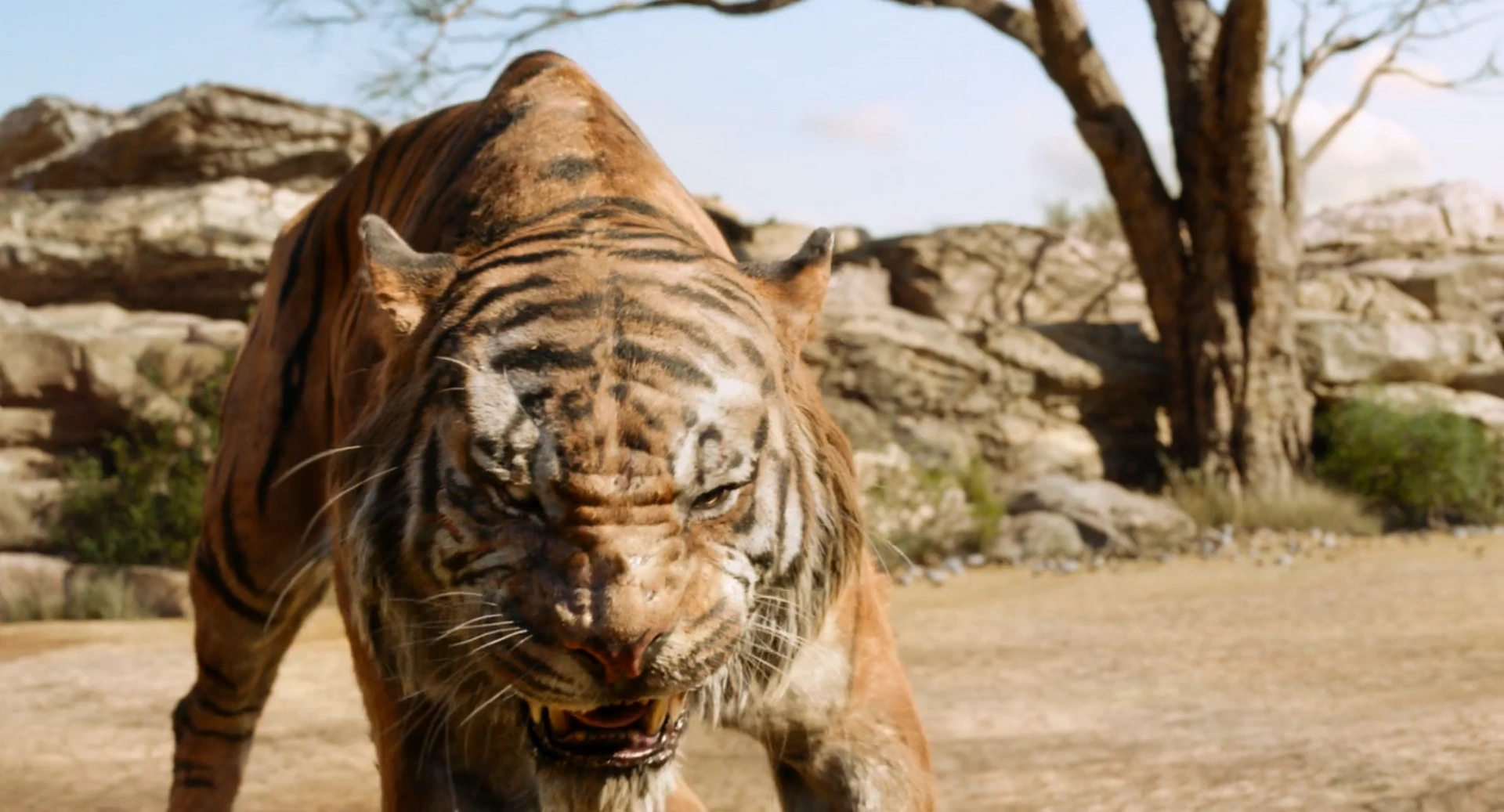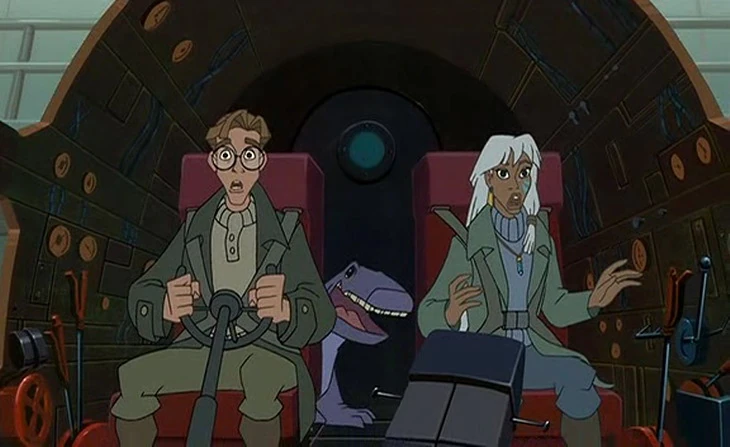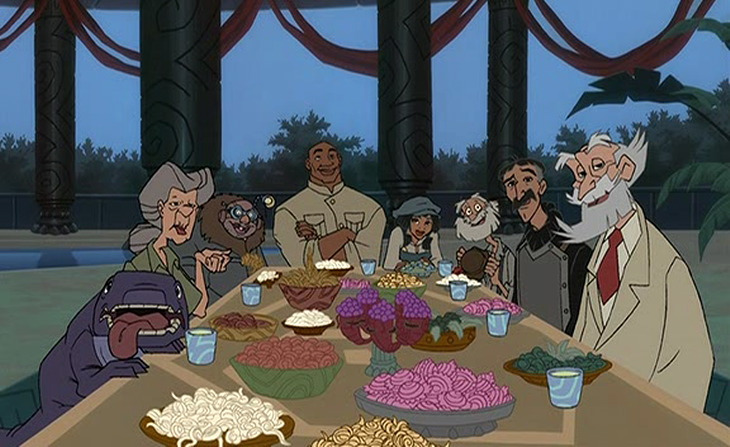With Hollywood updating, rebooting and remaking past movies
all the more frequently now, one would think to take note of how Disney has
done it thus far. At least from what has been presented, it seems that the
producers of Disney have figured out a way to revamp their old properties into
live-action territory and maintain the hype about them. Disney's The Jungle Book (1967) has remained
one of the most popular family children films around, most notably for its
comedy, simple story, memorable characters and catchy music. So who would have
the credentials in order to jumpstart the movie and do the original justice.
Enter Jon Favreau, a director but mainly actor who earned his stars by igniting
what people now know as the Marvel Cinematic Universe with Iron Man (2008).
Favreau also directed Elf (2003), a holiday film that also has a strong fan
base. To have Favreau again starting another series feels appropriate. The real
question is though, does he do it right? Mostly yes.
 |
| Bagheera, Mowgli & Baloo |
The screenplay was written by Justin Marks, who surprisingly
only wrote for one other theatrical production. That film was Street Fighter:
The Legend of Chun-Li (2009), so it is very surprising how well this story was
crafted compared to Mr. Marks last effort. For the most part, the story setup is
the same. Abandoned man cub Mowgli (Neel Sethi) is found by the panther named
Bagheera (Ben Kingsley) and has him raised by the wolf pack led by Akela
(Giancarlo Esposito) and Raksha (Lupita Nyong'o). But one day, Shere Khan
(Idris Elba) the tiger notices Mowlgi's presence and demands he is rid of. From
there, it's up to Bagheera and another friend named Baloo (Bill Murray) the
bear to get him back to the man village. Aside from plot, there are some added
layers to the characters and their motivations. Shere Khan, Akela and Raksha
receive much more development in their relationship to Mowlgi. Meanwhile,
Bagheera and Baloo remain likable and well developed in their main roles.
The only character who doesn't have a significant presence
is Kaa played by Scarlett Johansson. Kaa in this film is more a plot device
than any other use, but the knowledge that she also has comes into question.
How did she know where Khan got his scars from? Was she there when it happened?
Another weird thing is that only some animals in the jungle can communicate
with Mowlgi. Why can't the elephants, vultures or monkeys? Then again, the
reason why this is called the "jungle book" and why a bear is in a
jungle never made sense either even for the original. Christopher Walken plays
King Louie and at certain times rips off The Godfather (1972) and himself. Just
for fun, Favreau, Russell Peters and even Sam Raimi have small voice roles.
When it comes to voice work (and acting) though, everyone performs well. Neel
Sethi as Mowlgi is a great child actor and looks seriously engaged in his role.
For some voice actors though, there could have been better choices.
As stated before all voice actors do very well though. The
best actor who fit his role was Ben Kingsley as Bagheera. Kingsley is no
Sebastian Cabot but he gets very close. Scarlett Johansson as Kaa in replace of
Sterling Holloway was a unique choice too. Johansson's voice makes Kaa sound
even more seductive than before with her hypnotic eyes. Both Giancarlo Esposito
and Lupita Nyong'o make their characters likable too with their calm
performances. The only two characters who probably could have been cast better
were surprisingly Baloo and Khan. Since this movie supposed to be grounded in
tone, having Elba as Khan is understandable. Unfortunately, Elba misses some of
the class George Sanders gave in his performance as Khan. For Murray, it's
obvious that he wanted to lighten the mood but that shouldn't include his
voice. Phil Harris fit Baloo very well, and even though it's not as popular,
John Goodman from The Jungle Book 2 (2003) would've been a better choice.
 |
| Khan =O |
In spite of this though, the visuals were on point in this
film. The special effects were groundbreaking with the amount of detail that
went into each animal. Even for a 2D viewing, the animals look as though one
were at a petting zoo. That's how authentic the pelts of these animals look.
The layering from the furs to the jungle surroundings is just breathtaking. The
director of photography was Bill Pope, the same man behind Darkman (1990),
Spider-Man 2 (2004), Men in Black 3 (2012), The Matrix (1999) and its sequels.
Every shot, whether it's a clear or rainy day, every scene has the right
lighting. Composing the film score was John Debney. Having worked with Favreau
before, this is a natural pairing. Debney easily morphs the 1967 original
themes into a much bigger sound and bravado. The only two songs to actually be
sung by characters are "Bear Necessities" and "I Want to Be Like
You", but this is only for a brief time. Definitely not as lengthy as the original.
One would think that rebooting beloved classics is a risky
choice. However, Jon Favreau showed many were wrong. The writing is just as
equally flawed in some places like its original but it still has an enjoyable
story. More thought could have been put into casting the voices for certain
characters but it's not a huge issue. The robust film score, acting, special
effects and camerawork really shine in this live-action reboot.
Points Earned --> 7:10











